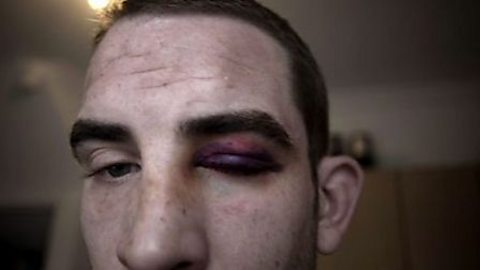Your heart is an exquisitely engineered pump made almost entirely of muscle. And you can see the extraordinary engineering in action if we slow your heart to a single beat. Inside the cavernous chambers, the muscles work together in perfect harmony. These muscles never get tired and never stop working until you die.
As your heart expands, blood flows from your body into its chambers. First the atria, then the ventricles. The left ventricle has to work particularly hard because each of its contractions must have enough power to push blood all the way through your body's vast network of blood vessels. And that's a long way. If they were strung together, these vessels would circle the Earth at least twice. Like the plumbing in your house, your heart needs valves between its chambers and arteries to stop the blood flowing backwards. As the valves slam shut, they make the familiar "lub-dub, lub-dub" sound of the heartbeat in your chest. Every single minute, your heart does this around 70 times. And it's all regulated by some little cells at its core.
At the start of your life, when you were just a three-week-old embryo, something happened inside your body which was nothing short of a miracle. These tireless cells, called pacemakers, which control the beat of your heart, came into being. They spontaneously beat out a rhythm, sending synchronized signals through your heart, which speed up or slow down according to what your body's doing. And these pacemaker cells will stay with you always, faithfully responding to every demand of your life.
Katlyn Hagan will be relying on her pacemaker cells to do something extraordinary. She needs to have major heart surgery. Her heart will be stopped for anything up to an hour.
"There is a risk of death with heart surgery. I hate saying it, it's not zero. I have a great team and we'll take great care of you tomorrow, I promise you. We'll do everything we can for you."
"I'm very scared. I want to make sure I'm still living after my operation so I can be there for my daughters growing up and just live a normal life."
The operation will be tricky. It's the very same pacemaker cells that keep Katlyn alive which are causing her problem. But before they can operate, they must transfer the job of pumping blood around Katlyn's body to a machine and then stop her heart.
"See it gradually slowing down. As the fluid goes in, the heart gets a little whiter because there's no blood going into it."
Without a heartbeat, Katlyn is in a hinterland between life and death. Now they can begin to remove the faulty pacemaker cells. To do this, the surgeons use a cryoprobe, which freezes and destroys them. They have to be careful to remove only the cells which are malfunctioning. The main procedure is finished. It's time to get Katlyn off the bypass machine and reconnect her heart. By now, her heart has been stopped for nearly an hour.
"The heart's starting to get blood right now. So we're inflating the lungs."
As blood flows back into Katlyn's heart, its warmth and nutrients are enough to restart the pacemaker cells.
"All right. Come on."
MACHINE BEEPS
And the rhythm returns. It looks good. The operation has been a success. Katlyn's heart is now beating correctly, driven by a group of pacemaker cells created within weeks of her conception. These cells will remain with her until her last heartbeat.
Video summary
This short film uses 3D CGI images to show the movement of blood through the chambers of the heart and the pacemaker cells.
Following the initial sequences, the video focuses on the story of a young woman who is having open heart surgery.
It shows real-life images of the surgery and a real beating heart.
It also shows how the pacemaker cells restart her heart after the surgery.
This short film is from the BBC series, Inside the Human Body.
Teacher Notes
The 3D footage brings the topic to life and would enhance any lesson on the heart as the images are visually engaging.
The real life story brings the science to life and could link with students doing experiments, listening to one another's hearts or taking pulses.
Students need to be mature enough to deal with the real-life images of surgery, but assuming they are, this could link to an animal heart dissection activity in the classroom or to them making their own models of the heart.
It also links to discussions about how science works - the use of medical intervention like the heart-lung machine and artificial pace makers.
This short film will be relevant for teaching biology at KS3 and KS4/GCSE in England, Wales and Northern Ireland and National 4/5 in Scotland. Appears in AQA, OCR, EDEXCEL, CCEA, WJEC, SQA
How humans see. video
This short film looks at how humans perceive the world and how our brain creates an image of what is around us. A real-life example of a blind climber who uses his tongue to see is shown.
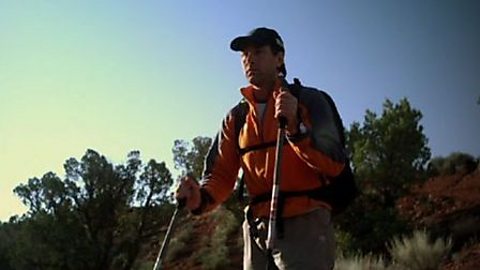
Human circulation. video
This short film takes us on a journey around the circulatory system using the example of a baby's first breath.
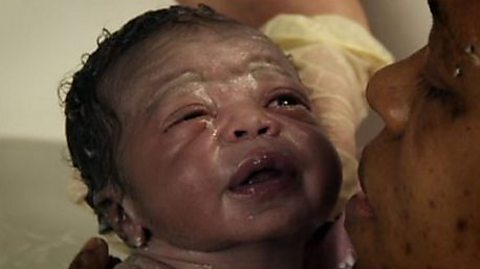
Human circulatory and digestive system. video
This short film offers a look at respiration and a tour around the circulatory system and digestive system in the human body, through blood vessels and into mitochondria.
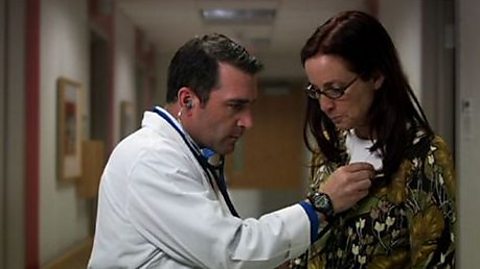
Human fertilisation. video
This short film uses CGI footage to help give a visual description of the process of human fertilisation, following the journey of both sperm and egg.
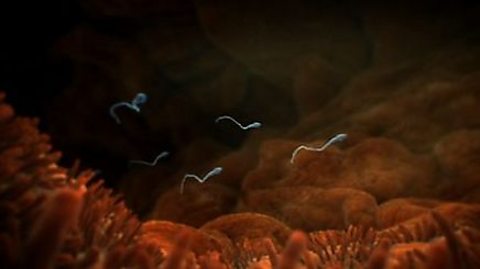
Human immunity and defence. video
Using CGI, this short film gives students a look at the inner workings of the immune system, focusing particularly on how the body fights off viruses.
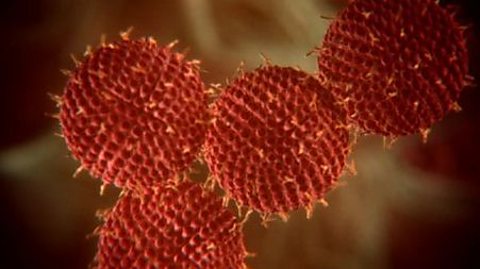
Pregnancy and multiple births. video
From a single fertilised cell to a fully grown baby, this short film mixes CGI with real-life images to paint a picture of how we develop inside the womb.
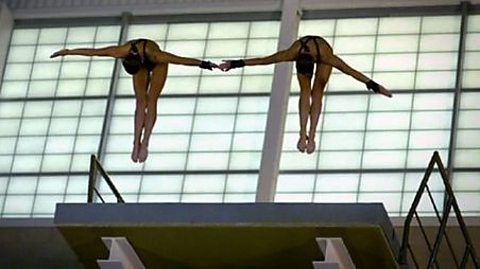
Skin - defend and protect. video
This short film provides a close-up look under your skin, focusing on two key functions of the skin - protecting the body from pathogens, and stopping the body from drying out.

Skin and sweating. video
This short film combines CGI images with a real life story about a fire-fighter to show how the body manages to control temperature by sweating.
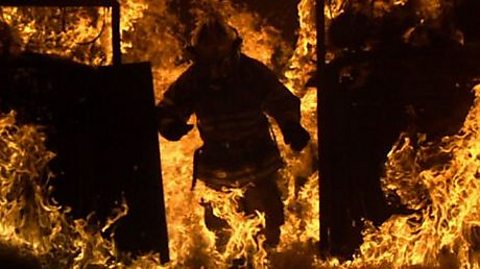
The human ear. video
This short film provides a journey into the ear, looking at hearing and balance, plus a real-life example of how the ear helps us to walk.
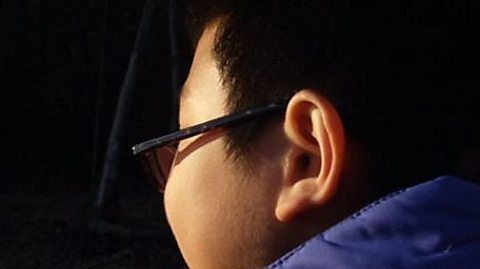
The human eye. video
This short film offers a depiction of the inner workings of the human eye by combining CGI with a real life story of divers who can see clearly underwater.
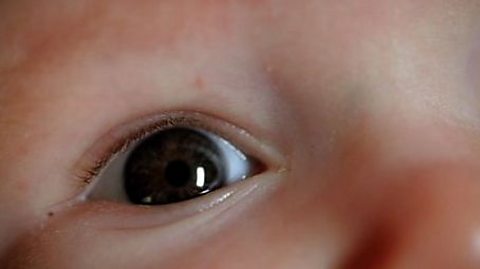
How humans heal themselves. video
This short film offers a look at how the body heals itself. Combining CGI scenes with real life action in the boxing ring, it follows the progress of a boxer's black eye.
